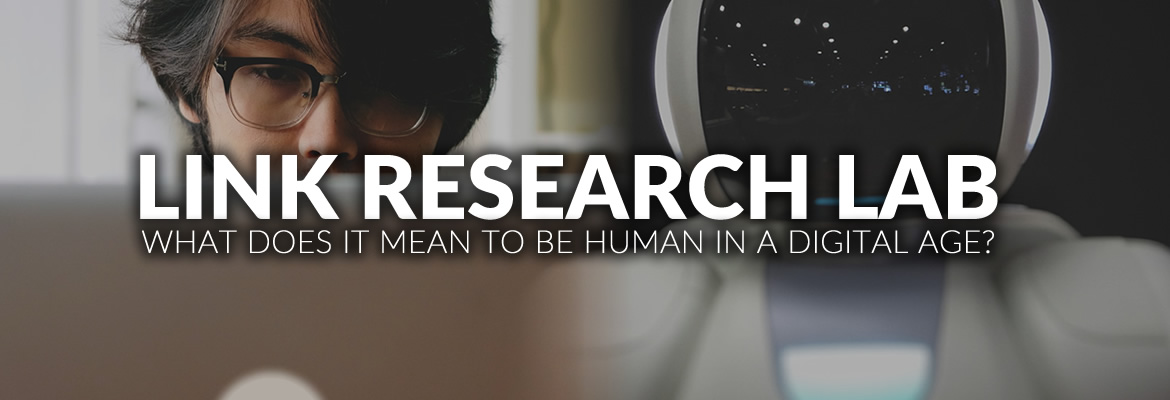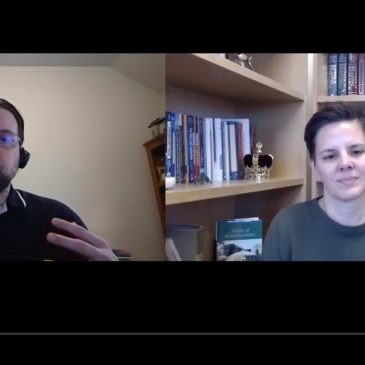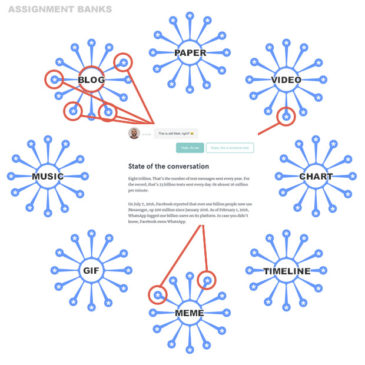Chatbots, Game Theory, and AI: Adapting Learning for Humans, or Innovating Humans Out of the Picture?
If you are attending OLC Innovate next week in Denver, Colorado or virtually online, be sure to come listen to Dr. Matt Crosslin’s presentation on Thursday morning at 8:45 AM on the current work at the LINK Research Lab on making chatbots and AI more student-centered: “How can teachers utilize chatbots and artificial intelligence in…






